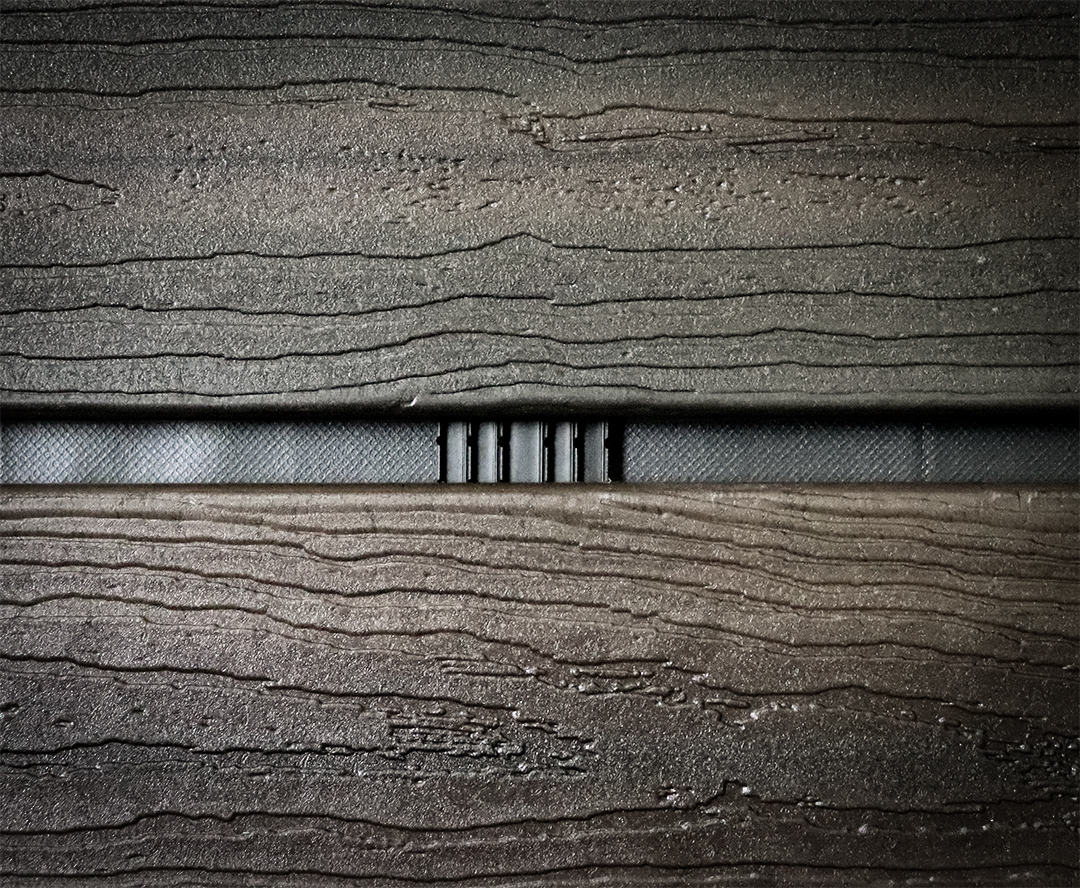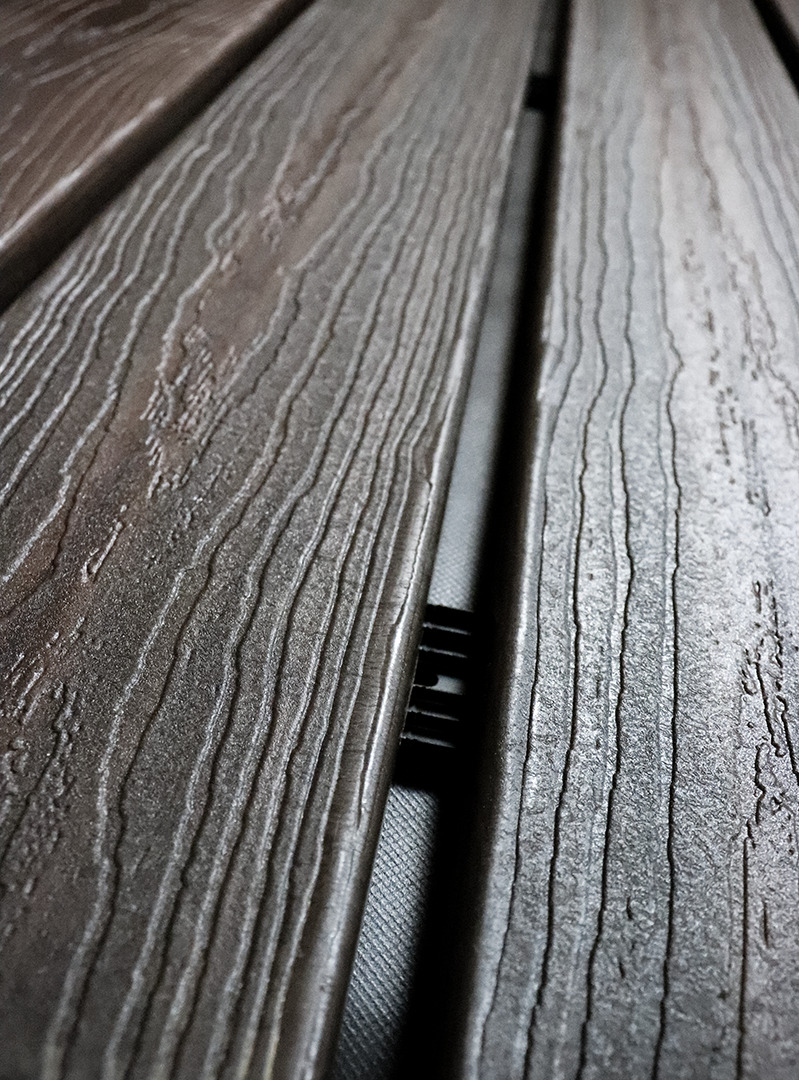As open-joint cladding systems continue to pique the interest of architects, it’s critical to consider what’s behind the walls as much as what’s in front—and weatherization materials must advance and evolve to meet changing needs. It’s with that in mind that Benjamin Obdyke worked with installers and “decking as cladding” manufacturers to redesign Batten UV furring strips with improved compression resistance well-suited to open-joint cladding materials.
The new Batten UV strips are designed to maintain a 3/8-inch space even with the screw-fastening required for composite decking, which is often used to create trendy open-joint cladding systems. The compression resistance mimics that of a wood furring strip, but with the added benefit of a notched design that provides multi-directional airflow to help keep the wall cavity dry and allow drainage in rainscreen applications.
Batten UV can be installed vertically (traditional) or horizontally (for use with vertical cladding). And because they are made with polypropylene, the strips are durable and flexible, even in cold temperatures, and aren’t susceptible to moisture and rot like wood furring strips.
As with the original Batten UV, the new product is designed to be UV-stable, so it’s ideal for use behind open-joint cladding systems where exposure is greater than that of traditional siding installations. It can be used alone but is most beneficial as part of the UV-Protected Rainscreen System, which combines Invisiwrap UV housewrap, HydroFlash UV+ flashing, and Batten UV rainscreen. The products work together to provide 25+ years of UV exposure behind open siding and can be left completely exposed for a full year ahead of cladding install.
Along with compression resistance, the revamped Batten UV comes in longer, 8-foot lengths, per the request of contractor customers. To learn more, visit the Batten UV product page.





